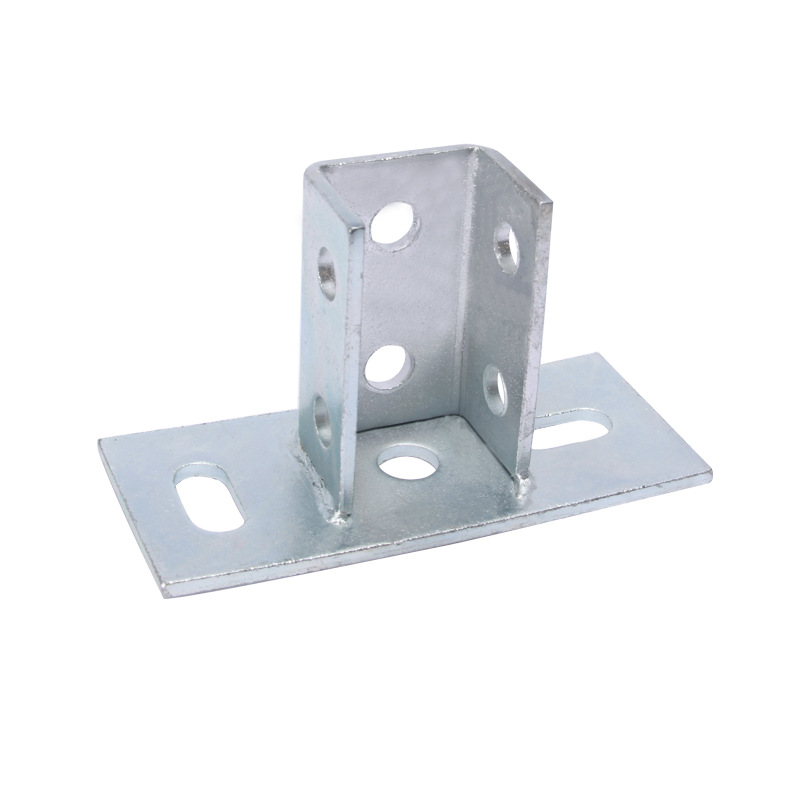

m20 flange nut
Nov . 05, 2024 02:32 Back to list
m20 flange nut
Understanding M20 Flange Nuts A Comprehensive Overview
In various engineering and construction applications, fasteners play a crucial role in ensuring the integrity and stability of structures. Among these essential components, the M20 flange nut stands out due to its distinctive design and functionality. This article will provide an in-depth understanding of M20 flange nuts, discussing their specifications, advantages, applications, and installation techniques.
What is an M20 Flange Nut?
An M20 flange nut is a type of hex nut that is characterized by a flange on one side of the nut, which serves as a broad base. The M in M20 indicates that the nut is measured in millimeters, with 20 referring to the nominal diameter of the screw it is designed to fit, which is 20mm. Flange nuts may come in various thread pitches, but the standard pitch for M20 nuts is usually 2.5mm. The flange provides additional bearing surface, which helps distribute the load evenly across the substrate, reducing the risk of damage to the material being secured.
Specifications
M20 flange nuts are made from various materials, with common choices including steel, stainless steel, and alloy steel. The material selected typically depends on the application's environmental conditions and load requirements. Here are some key specifications of M20 flange nuts
1. Dimensions The standard height of an M20 flange nut is about 12mm, and its flange diameter is approximately 32mm.
2. Thread Type They can be produced in different thread types, such as coarse or fine threads. The coarse thread is generally preferred for applications requiring quick assembly and disassembly.
3. Coatings M20 flange nuts can come with various coatings such as zinc plating, which provides resistance to corrosion, or other treatments suitable for harsh environments.
4. Grade The strength of an M20 flange nut is classified based on its grade, with common grades including 8, 10, and 12. The higher the grade, the more significant load the nut can withstand.
Advantages of Using M20 Flange Nuts
M20 flange nuts offer several advantages over standard hex nuts
1. Load Distribution The flange design allows for better distribution of load across the surface, reducing the likelihood of the nut loosening under vibration or shear forces.
2. Fewer Components Required Because the flange acts similarly to a washer, there is often no need for additional washers, simplifying the assembly process and reducing the number of required components.
3. Reduced Risk of Surface Damage The broad surface area of the flange minimizes the risk of damaging the material beneath the nut, making them suitable for softer substrates.
m20 flange nut

4. Enhanced Stability Flange nuts provide better grip and stability compared to regular nuts, making them ideal for dynamic applications where vibrations are present.
Applications
M20 flange nuts are commonly used in various industries, including
1. Automotive In vehicles, M20 flange nuts are often utilized for securing components within the engine bay, suspension systems, and body panels.
2. Construction In structural applications, these nuts secure beams, columns, and other large components, providing robust support for buildings and bridges.
3. Manufacturing M20 flange nuts are used in assembling machinery and equipment, where reliability and stability are paramount.
4. Aerospace In aerospace applications, where weight and strength are critical, M20 flange nuts provide an efficient fastening solution.
Installation Techniques
Proper installation techniques are essential for maximizing the performance of M20 flange nuts. Here are some key steps to follow
1. Preparation Ensure that the bolt and nut threads are clean and free of debris.
2. Torque Specifications Refer to the manufacturer's guidelines for the appropriate torque specifications to avoid over-tightening, which can lead to thread stripping or material damage.
3. Use of Tools Utilize the appropriate tools, such as a torque wrench, to ensure that the nut is tightened to the specified level without exceeding it.
4. Inspection After installation, regularly inspect the joints for signs of wear or loosening, especially in high-vibration environments.
Conclusion
The M20 flange nut is a vital component in many engineering applications, known for its load distribution capabilities, ease of use, and versatility. Understanding its specifications, benefits, and proper installation techniques will enable engineers and technicians to select the right fastening solutions for their projects, thereby enhancing safety and structural integrity. Whether in automotive, construction, manufacturing, or aerospace applications, the M20 flange nut is an essential element that should not be overlooked.
Latest news
-
Hot Dip Galvanized Bolts-About LongZe|High Strength, Corrosion Resistance
NewsJul.30,2025
-
High-Strength Hot Dip Galvanized Bolts - Hebei Longze | Corrosion Resistance, Customization
NewsJul.30,2025
-
Hot Dip Galvanized Bolts-Hebei Longze|Corrosion Resistance&High Strength
NewsJul.30,2025
-
High-Strength Hot-Dip Galvanized Bolts-Hebei Longze|Corrosion Resistance&High Strength
NewsJul.30,2025
-
Hot Dip Galvanized Bolts-Hebei Longze|Corrosion Resistance&High Strength
NewsJul.30,2025
-
Hot Dip Galvanized Bolts - Hebei Longze | Corrosion Resistance, High Strength
NewsJul.30,2025

